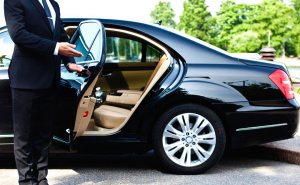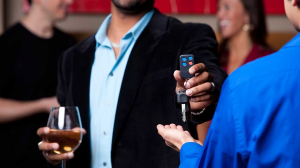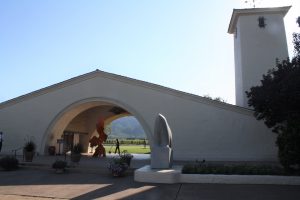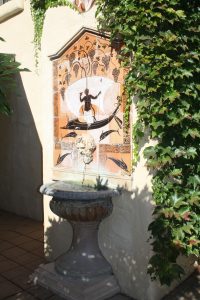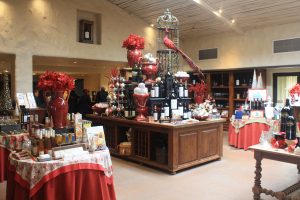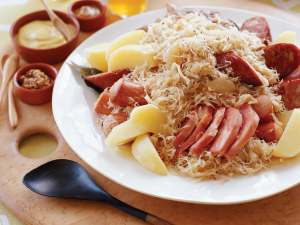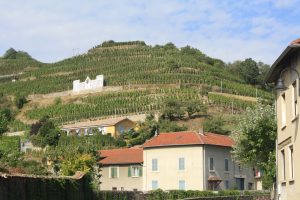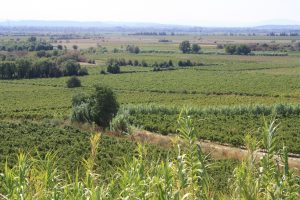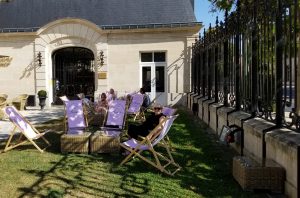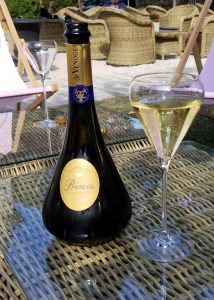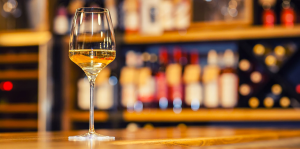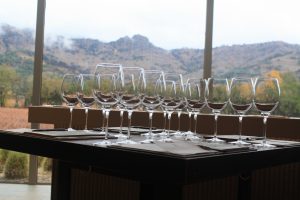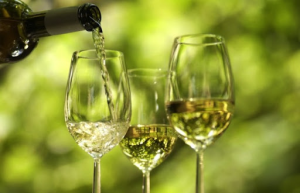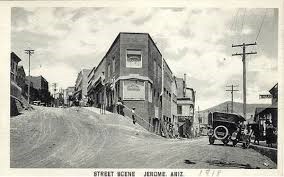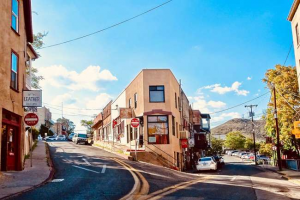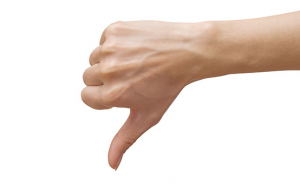Let’s say a few things right up front: Wine contains alcohol. Alcohol is not a good thing to consume when driving. Going wine tasting means drinking alcohol and usually requires some driving.
That’s a bit of a conundrum, isn’t it? Here are some of our tips for wine tasting safely.
- Know your limit. Even the most stringent state laws allow a little bit of alcohol in your blood, so it’s important for you to know how much you can sip before you hit that limit. You can’t wait until you feel the alcohol; by then it’s already too late.
- If you don’t know your limit, be the first driver. For one thing, don’t go wine tasting alone. If you know you can’t take a lot, do your share of the driving before the sipping begins.
- Or hire someone to drive. There are cabs, limo services and Lyft/Uber. Yes, it adds to the cost. But it ensures your safety from being pulled over and surely reduces your vulnerability to accidents.
- Sip, don’t drink. That should be the motto for all wine tasting. The idea is to taste the wines so you know what to buy later on. If you’re finishing every glass put in front of you, you’re drinking too much to be safe on the road.
- Share a tasting. If you and your companion share a tasting and only sip; and if you taste, say, five wines at any given winery, you’re likely to consume around a half a glass of wine each. If you figure in the time for looking around the winery, talking with the server, maybe buying some wine, it will take up an hour. Thus, if you visit six wineries and take an hour for lunch, you’ll consume three glasses in seven hours. Is that within your limit? If so, you have a plan for a fine day of tasting in Wine Country. If not, see the advice above.
Photo courtesy of Texas Lone Star Valet.
- Deal with the exceptions. There are some wineries that only have seated tastings and don’t permit sharing. Often these are the makers of some of the finest wines in their region and you don’t want to restrict yourself to a sip or two. It is not for us to discourage you from some of the best experiences in wine tasting. But if you particularly want to taste the Cabernet Sauvignon, go light on the Chardonnay. And maybe avoid seeing the bottom of the glass of the Merlot and the Malbec. These tastings tend to be longer, so perhaps they will account for half your day. And if you find you have consumed more wine than you expected to, cut the day short.
- If you’re going to consume alcohol, put some food in your belly too. Always have breakfast before going wine tasting. Keep some crackers, chips or pretzels in the car to have something to nibble on, along with a bottle of water. Always stop for lunch. In fact, you should generally make lunch a part of your wine tasting experience. As a rule, areas where people appreciate wine have good restaurants, too. And picnicking at a winery is a treat.
